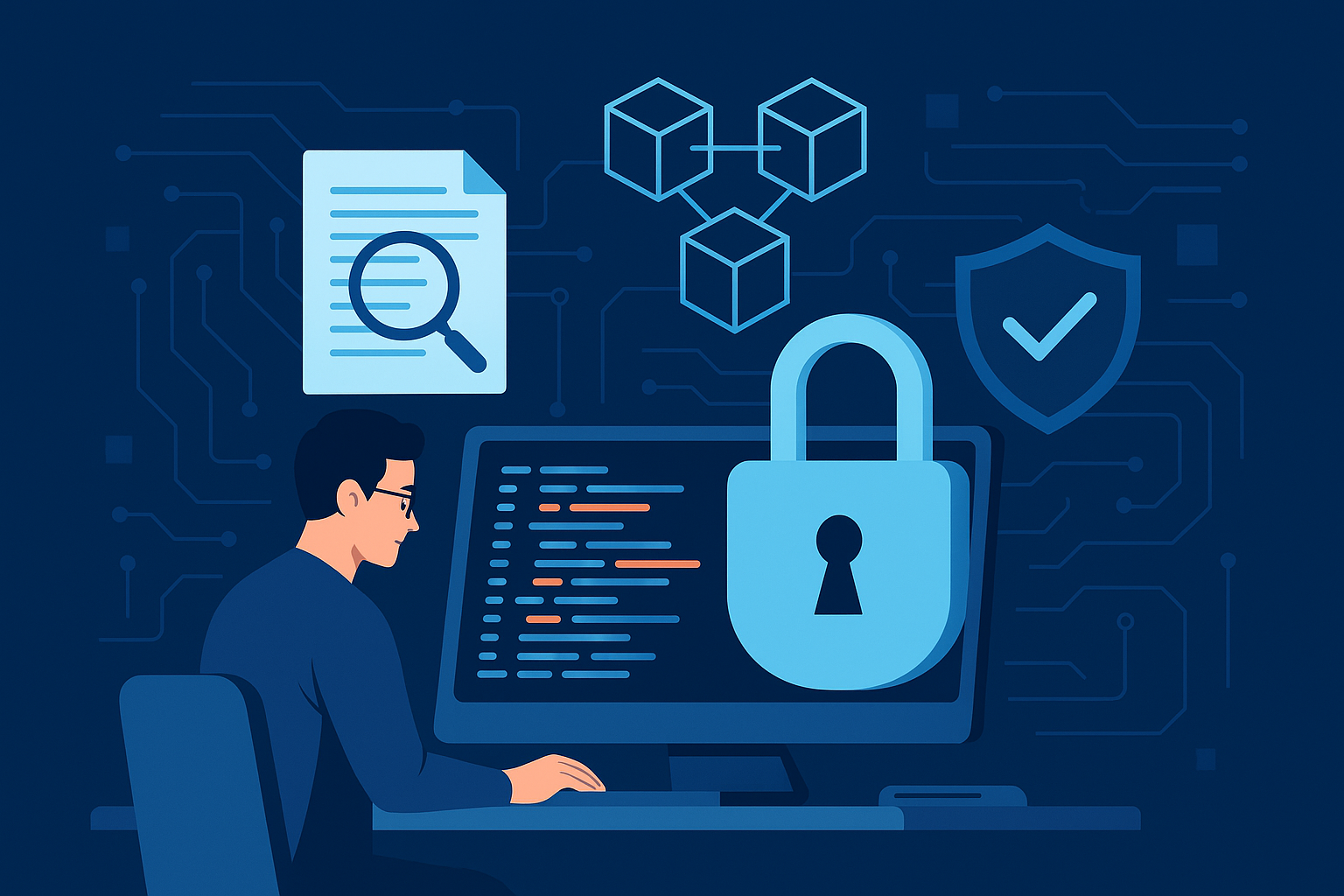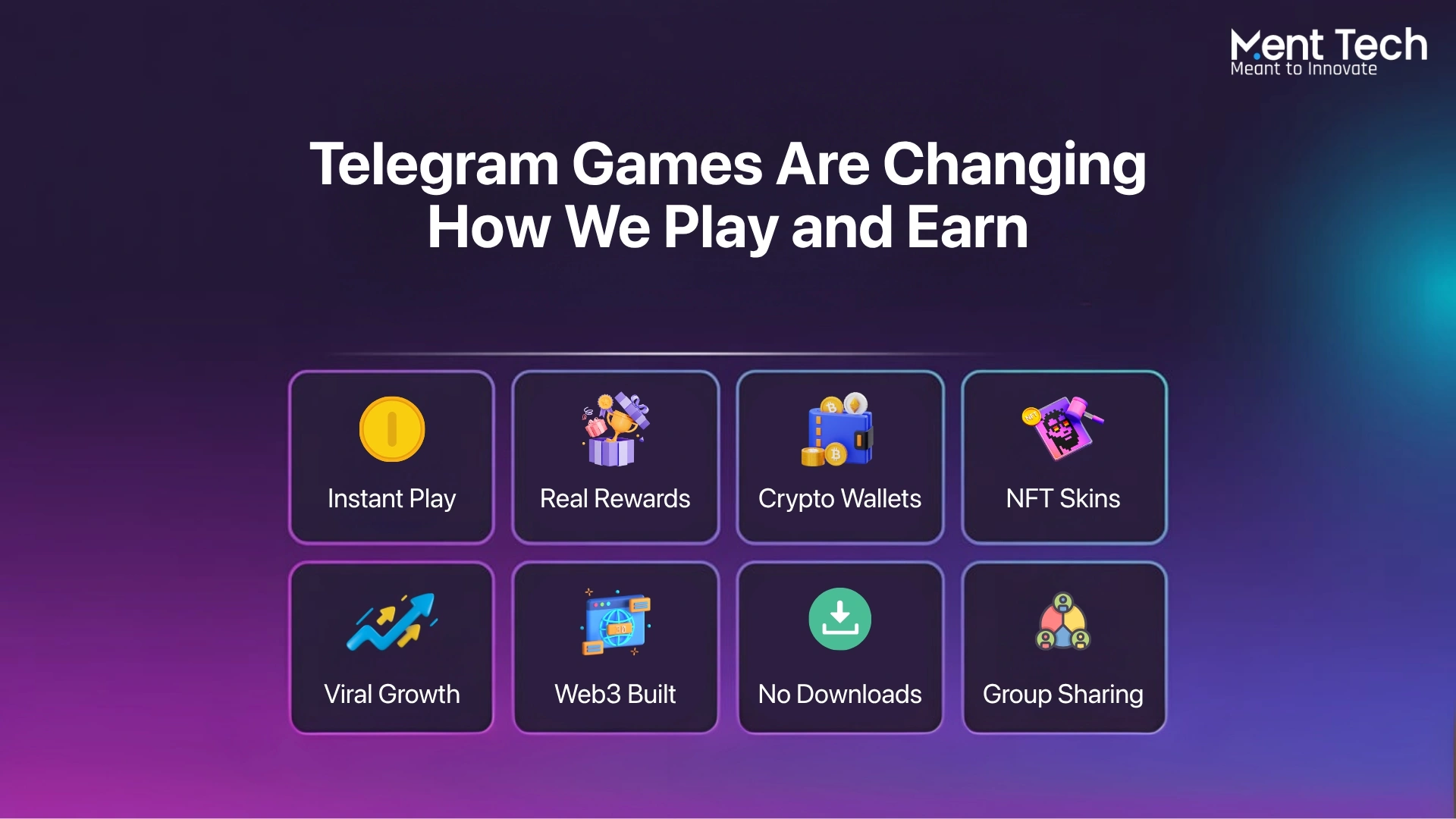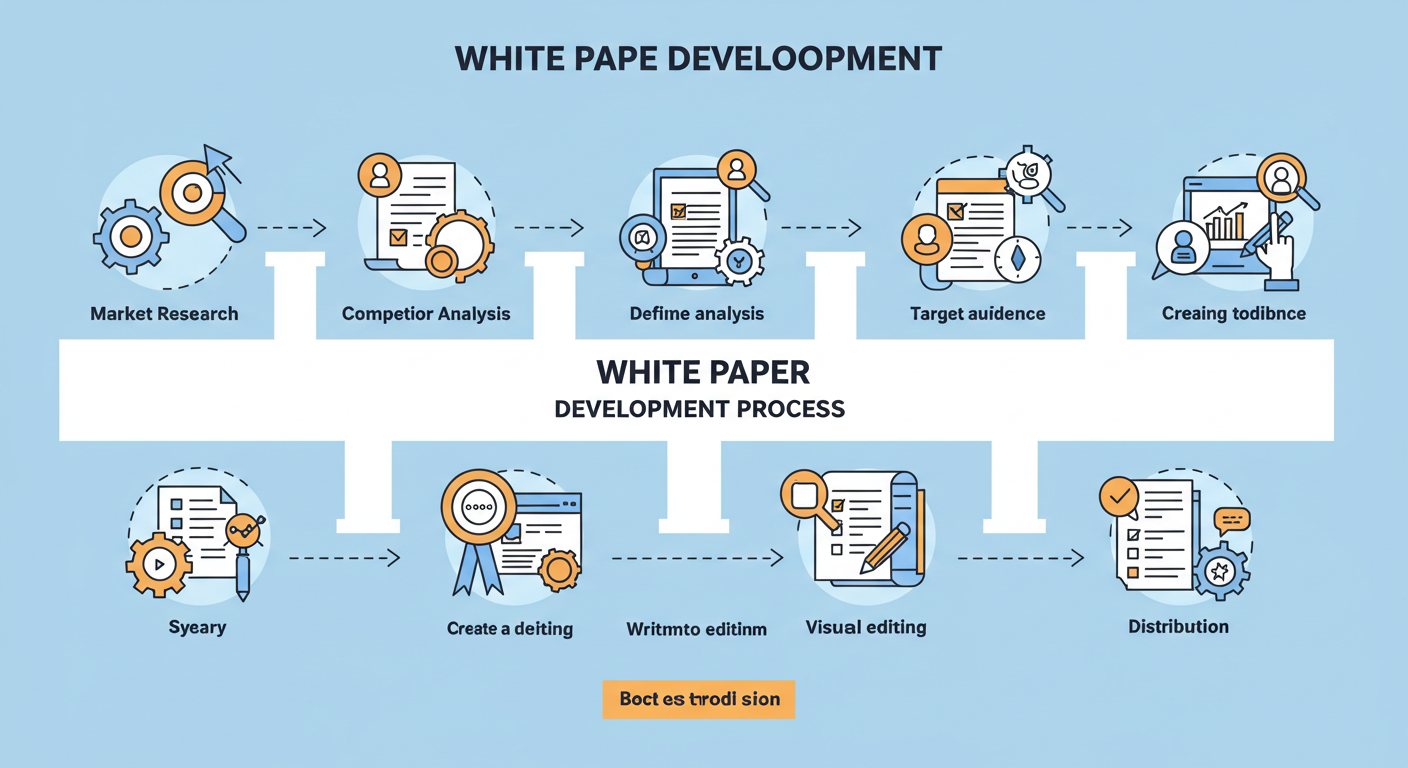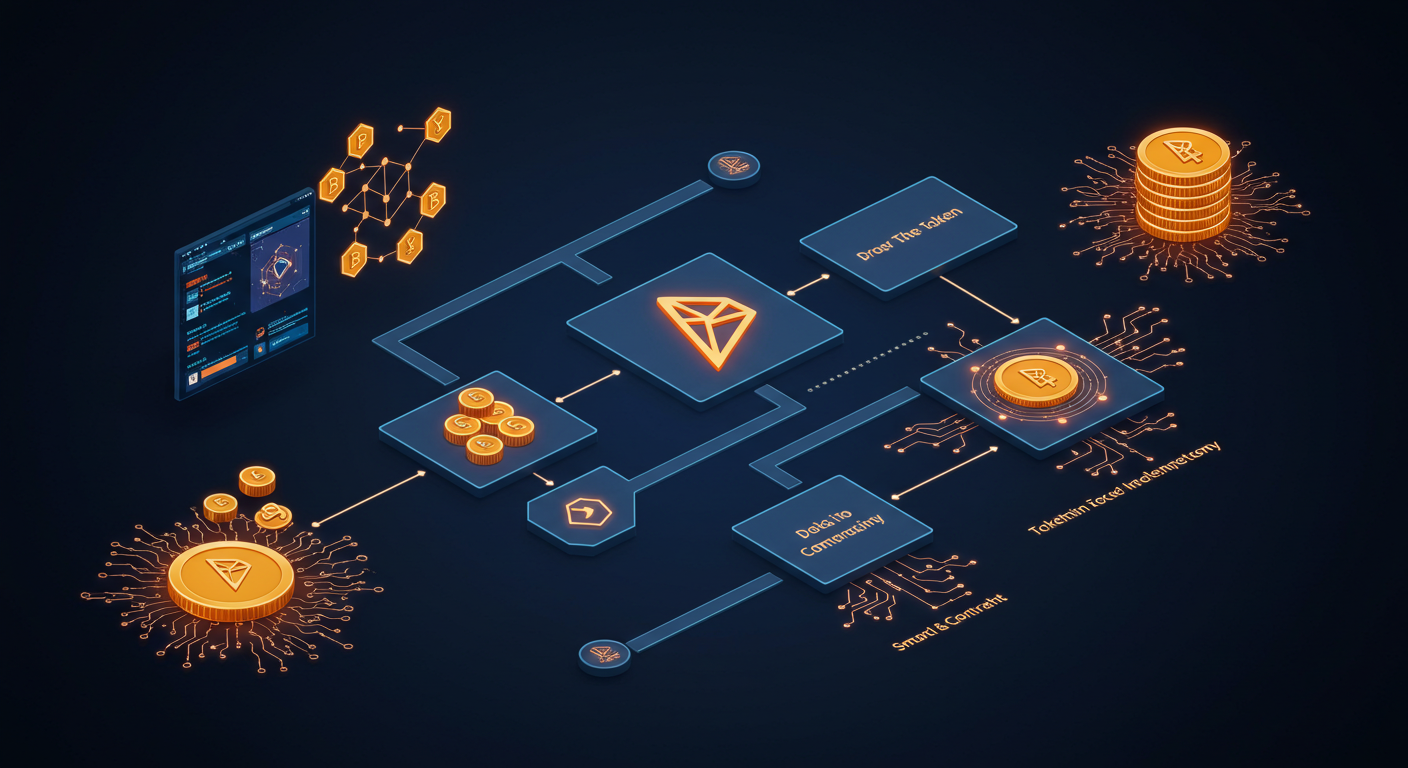Why AI-Powered Web3 Launchpads Are Game-Changers for Smart Contract Security

Strong 8k brings an ultra-HD IPTV experience to your living room and your pocket.
The blockchain ecosystem has witnessed explosive growth over the last decade, transforming from an experimental technology into a mainstream force reshaping industries across the globe. Central to this evolution are smart contracts — self-executing scripts that run on blockchain networks, automating transactions and enabling trustless decentralized applications (dApps). As smart contracts fuel innovations in DeFi, NFTs, DAOs, and beyond, their security becomes paramount. Vulnerabilities can lead to devastating financial losses and undermine user trust.
✍️ Web3 is driving financial inclusion by giving access to people without traditional bank accounts. Our article on Web3 financial access highlights how decentralized apps are empowering global populations.
Enter AI-powered Web3 launchpads — innovative platforms that integrate artificial intelligence with decentralized project incubation services. These launchpads are rapidly becoming essential in elevating smart contract security, streamlining audits, and safeguarding investor interests. This comprehensive exploration unpacks why AI-powered Web3 launchpads are true game-changers for smart contract security and what that means for the future of blockchain.
The Critical Importance of Smart Contract Security in Web3
Smart contracts are pieces of code deployed on a blockchain that automatically enforce agreements based on predefined conditions. By cutting out intermediaries, they promise transparency, efficiency, and automation. However, with great power comes great responsibility: once deployed, smart contracts are immutable. Bugs or vulnerabilities cannot be easily patched, and attackers exploit any weakness mercilessly.
High Stakes in a High-Growth Industry
In 2023 alone, DeFi protocols collectively held tens of billions of dollars in user funds locked in smart contracts. This makes them lucrative targets for hackers. According to blockchain security reports, vulnerabilities such as reentrancy attacks, unchecked call results, timestamp dependencies, and access control flaws continue to be exploited. The Poly Network hack in 2021, where $600 million was stolen, remains one of the largest examples of smart contract security breaches.
Similarly, The DAO hack of 2016, which exploited a recursive call vulnerability, resulted in a major loss and caused a hard fork in Ethereum. These incidents have made clear that comprehensive security audits and ongoing monitoring are not just best practices — they are essential.
Smart Contract Audits: A Vital Security Pillar
To reduce risks, projects conduct smart contract audits — systematic code reviews performed by security experts to identify vulnerabilities before contracts go live. Audits typically involve:
- Manual review by security professionals
- Static code analysis using automated tools
- Dynamic testing on testnets or simulation environments
- Formal verification techniques
Despite these efforts, traditional audits are time-consuming, expensive, and sometimes fall short due to human error or evolving attack vectors. The rapidly expanding complexity of smart contracts demands more scalable, precise, and adaptive auditing methods.
What Are Web3 Launchpads? Their Role in Blockchain Ecosystems
Web3 launchpads are decentralized platforms designed to support blockchain startups by providing essential services such as fundraising (via IDOs or ICOs), community engagement, technical consulting, tokenomics design, and crucially — smart contract development and auditing.
They serve as incubators and accelerators, enabling projects to navigate the multifaceted challenges of launching in the decentralized ecosystem. By acting as gatekeepers, they can vet projects for technical soundness and legitimacy, boosting confidence among investors and users alike.
The AI Revolution in Web3 Launchpads
Artificial intelligence has revolutionized many industries by automating complex tasks, recognizing patterns, and learning from data. In the blockchain space, AI’s integration into Web3 launchpads heralds a transformative leap, especially in smart contract security.
Why AI is Perfectly Suited for Smart Contract Auditing
Smart contract auditing requires meticulous inspection of code logic, transaction flows, and interaction patterns, searching for vulnerabilities that could be exploited by attackers. AI technologies, including machine learning, deep learning, natural language processing, and symbolic reasoning, can augment this process significantly:
- Automated and exhaustive code scanning: AI models can scan entire codebases faster than human auditors and spot subtle patterns indicative of vulnerabilities.
- Learning from historical data: AI systems improve over time by training on datasets of known vulnerabilities and attack exploits, increasing detection accuracy.
- Contextual understanding: Advanced AI can interpret complex contract logic and dependencies, offering insights into potential attack surfaces.
- Predictive analytics: AI can assess risk severity and likelihood based on historical breach data and project-specific parameters.
- Real-time monitoring: Post-deployment, AI tools can continuously monitor contract activity for suspicious behavior.
Key Ways AI-Powered Web3 Launchpads Transform Smart Contract Security
1. Superior Speed and Scalability in Audits
Traditional manual audits can take weeks, which may delay project launches or leave security vulnerabilities unaddressed if timelines are compressed. AI-powered launchpads reduce audit time drastically by automating preliminary scans and risk assessments. This scalability is essential as blockchain ecosystems grow exponentially with thousands of new projects launching monthly.
2. Increased Detection Accuracy and Reduced False Positives
Manual reviews can miss subtle bugs, while conventional static analysis tools sometimes overwhelm developers with false positives. AI’s learning-based approaches strike a better balance — refining its detection over time to minimize noise and prioritize genuine threats.
3. Actionable Remediation Guidance
AI platforms go beyond identifying problems — they recommend context-specific fixes. By analyzing code patterns and previous successful remediations, AI can suggest optimized patches or code refactors that improve contract security and performance.
4. Continuous Post-Launch Security Surveillance
Security audits traditionally end once the contract is deployed. However, threats evolve and new attack strategies emerge constantly. AI-powered Web3 launchpads incorporate continuous monitoring to detect anomalies such as suspicious transaction patterns, unusual gas usage, or unexpected contract state changes, enabling rapid incident response.
5. Cost-Effective Security for All Project Sizes
High-quality audits have historically been expensive, creating barriers for small projects and independent developers. AI automation drives down costs by reducing manual effort and enabling repeatable audit processes, democratizing access to robust smart contract security.
6. Increased Investor and Community Trust
Investors want transparency and confidence that projects they back are secure. AI-powered launchpads generate detailed, data-driven audit reports and security certifications that projects can showcase publicly. This fosters trust, reduces speculation risk, and encourages wider adoption.
How AI-Powered Web3 Launchpads Work: A Step-By-Step Overview
Step 1: Submission and Code Upload
Projects begin by submitting their smart contract code to the launchpad via a secure web portal or API. The system typically supports multiple formats, including Solidity, Vyper, or WASM-based contracts. This step may also include uploading relevant project metadata, deployment parameters, and team verification credentials.
Step 2: Initial Automated Scanning
The AI engine performs a fast static code analysis, identifying widely known vulnerabilities such as reentrancy attacks, integer overflow/underflow, improper use of delegatecall, and missing access modifiers. These basic checks act as the first filter in the security pipeline.
Step 3: Semantic and Contextual Analysis
Beyond surface-level flaws, advanced AI models evaluate how smart contracts behave within specific contexts. This involves tracing function call hierarchies, simulating execution paths, and analyzing interactions with external oracles, DEXs, or bridges. Complex attack vectors—such as front-running, logic bugs, or timestamp manipulation—are flagged at this stage.
Step 4: Risk Scoring and Prioritization
Using predictive models trained on historical breach data and threat intelligence, the system assigns severity scores to each issue. This scoring considers not just technical severity but also project-specific factors like tokenomics, user funds at risk, and expected transaction volume, allowing developers to prioritize remediations effectively.
Step 5: Remediation Suggestions
Once vulnerabilities are identified, the platform offers actionable recommendations. These include auto-generated code patches, citations from security best practices (like those from OpenZeppelin), and links to GitHub examples or prior audits of similar issues. AI suggestions are tailored to the specific codebase to minimize manual effort.
Step 6: Re-Analysis and Validation
After developers implement the suggested fixes, the AI system re-runs both static and dynamic scans. This ensures that vulnerabilities are fully resolved and no new ones were introduced during the update. Some platforms also simulate a variety of testnet environments for behavioral validation.
Step 7: Security Certification and Reporting
Upon successful validation, the launchpad issues a cryptographically signed audit report or badge. These certifications boost transparency and trust, making it easier for the project to onboard investors, pass exchange listing requirements, and attract DeFi users concerned about security.
Step 8: Post-Deployment Monitoring
Security doesn't end at launch. AI-based monitoring agents keep watch over the live smart contracts, flagging anomalies like sudden surges in gas consumption, unusual contract calls, or failed transactions. This real-time vigilance enables early detection of exploits, enabling teams to take swift action and safeguard user assets.
Real-World Impact: Examples and Use Cases
Several platforms are already pioneering AI-driven smart contract audits:
- Quantstamp combines AI automated scanning with manual expert review to secure hundreds of DeFi projects.
- CertiK employs formal verification and AI-based vulnerability detection to provide enterprise-grade audits.
- ConsenSys Diligence integrates AI tools to accelerate audit cycles without compromising quality.
Conclusion:
As blockchain technology matures, security will remain the linchpin of sustainable growth. AI-powered Web3 launchpads are uniquely positioned to transform smart contract auditing from a bottleneck into a competitive advantage. By delivering faster, more accurate, and continuous security assessments, these platforms enable projects to launch with confidence, protect investor funds, and build trust in the decentralized economy.
For developers, investors, and blockchain enthusiasts, embracing AI-powered Web3 launchpads is not just a technological upgrade — it is a strategic necessity. This fusion of AI and blockchain paves the way for safer, more scalable, and more innovative decentralized applications that can fulfill the promise of Web3 for years to come.
Note: IndiBlogHub features both user-submitted and editorial content. We do not verify third-party contributions. Read our Disclaimer and Privacy Policyfor details.







